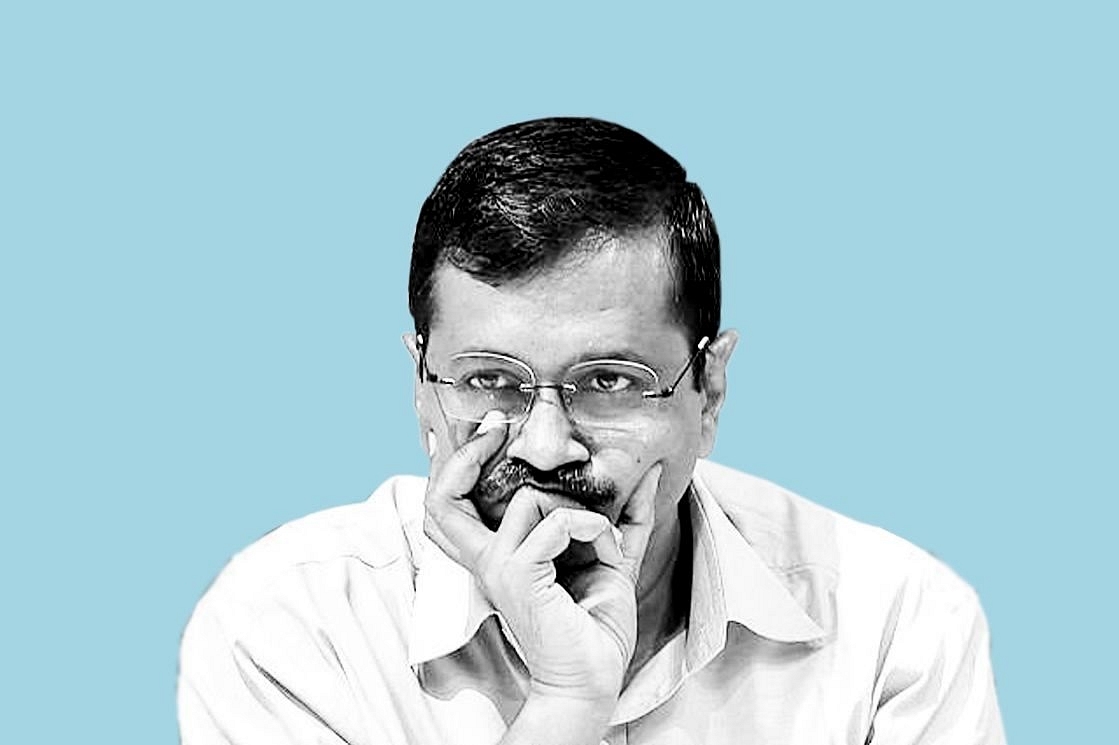Ideas
Kejriwal Talks Sense On Covid-19: It’s Not Going Away Anytime Soon And States Must Take The Lead
- It is the states and municipal and local bodies that must be at the forefront of decision-making on dealing with Covid-19, not the Centre.

Delhi Chief Minister Arvind Kejriwal.
The other day, Delhi Chief Minister Arvind Kejriwal made eminently sensible statements on how to deal with the Covid-19 pandemic (see YouTube video here). Apart from avoiding any anti-Centre rhetoric, he made two very good points.
One, we have to assume Covid-19 is not going to go away any time soon; this implies that we should operate on the principle that we have to keep ramping up our healthcare preparedness for a long time, until a vaccine or cure is found.
Secondly, the strategy of designating large areas as red, orange and green makes little sense.
Instead, we must focus on narrower containment zones, if necessary with even greater movement conditions. This implies that other areas must be allowed to go about their businesses as normally as they can even while following basic safety precautions (physical distancing, masks in public, washing hands, etc).
It is the states and municipal and local bodies that must be at the forefront of decision-making on dealing with Covid-19, not the Centre.
The case of Bengaluru city serves as an example of the difference it makes when decisions are taken in Delhi rather than at the state or municipal headquarters.
In the guidelines issued by the Ministry of Home Affairs two days ago, three whole districts (Bengaluru Urban, Bengaluru Rural and Mysuru) were designated as red zones, with maximum lockdown rigour. But the actual restrictions decided by the local authorities in Bengaluru (Bruhat Bengaluru Mahanagara Palike) involved tight restrictions on 21 containment zones in 21 wards of the city.
This leaves 90 per cent of the city free to move about in personal vehicles between 7 am and 7 pm, and offices allowed to reopen with 33 per cent of normal strength. The need for curfew passes has been done away with, and a personal identity document is enough to get you through police barricades.
The central order would have shut down Karnataka’s financial and business hub, which is also India’s Silicon Valley; the local level decision is eminently sensible and defensible.
In Kejriwal’s case, the whole of Delhi is a red zone, which is not at all correct for India’s buzzing national capital. You can’t freeze an entire city when all the Covid-19 cases are concentrated in a few narrow areas.
The obvious conclusions that follow are worth repeating.
One, the Centre must focus on deciding protocols and disseminating best practices, both on the health and economic fronts.
Two, the actual zoning and lockdown decisions must shift to the state, municipal and district authorities.
Three, the average Indian district is too big to be seen as one zone for Covid-19 restrictions or relaxations. The village and tehsil constitute far better units for containment and opening up. In cities, it could be wards or even portions of wards or even just buildings or building complexes.
Four, the Centre’s main job is financial. It has to enable economic activity to restart by first devolving resources to states, then delivering relief packages to the sectors that will best utilise them, and focus on reforms that will enable global supply chains to shift from China to India.
Dilli door ast, and it is best if it remains so.
Introducing ElectionsHQ + 50 Ground Reports Project
The 2024 elections might seem easy to guess, but there are some important questions that shouldn't be missed.
Do freebies still sway voters? Do people prioritise infrastructure when voting? How will Punjab vote?
The answers to these questions provide great insights into where we, as a country, are headed in the years to come.
Swarajya is starting a project with an aim to do 50 solid ground stories and a smart commentary service on WhatsApp, a one-of-a-kind. We'd love your support during this election season.
Click below to contribute.
Latest